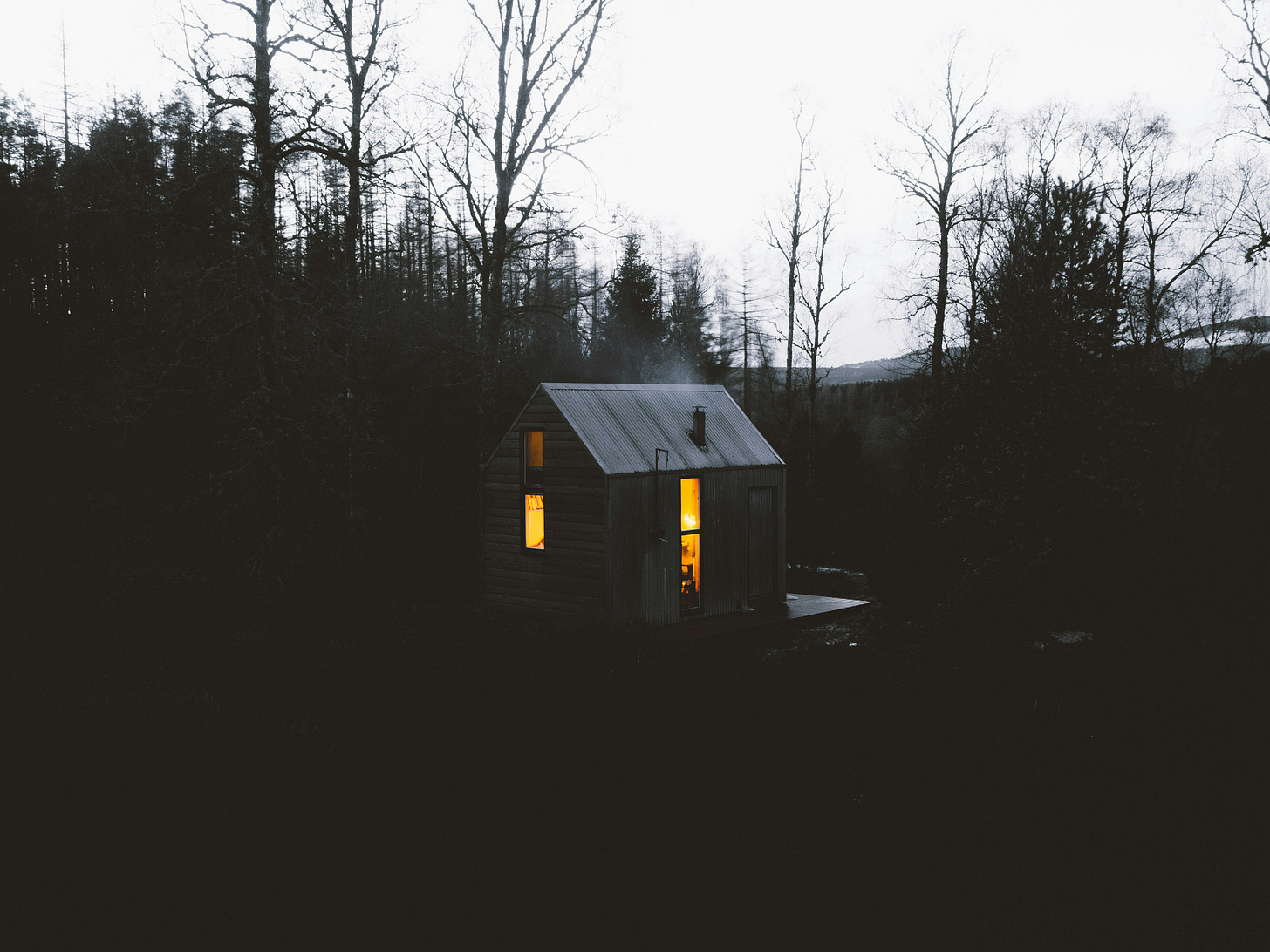At Home in the Nervous System: reasons to join the yearlong Autonomics Practicum
What exactly are we, in the modern world, healing from? Beneath the various labels and the varied symptomology, what is at the root of the pervading illbeing that characterizes so much of modern culture?
Alienation.
And how do you heal alienation?
Through coming back into relationship.
And how do you come back into relationship?
Through the body.
And how does the body become available to relationship again?
It must thaw.
And how do you thaw the body?
You melt the ice.
And how do you melt the ice?
The ice is shutdown. The neurobiological sequelae of trauma. Alienation. Harms done to this body, as well as to the lineage of the body, ancestrally. All of us are the great grandchildren of the orphans of Rome, downstream of millenia of domination. So we have learned to be in our bodies from generations of people whose bodies were shut down: inaccessible to them.
How do we know if we are in this ice you are describing?
The irony perhaps, is that the ice is a lack of feeling. A lacuna. A gap. Sensate awareness that is absent. So it is hard to know viscerally that you are in an ice state, because what the ice takes from us is the ability to feel ourselves. Yet in the extreme state of shutdown, we might realize that we are numb, or even further that we are spaced out, that things seem surreal, dreamlike.
We may become intimate with the ice by discovering that there are parts of our bodies that we cannot feel. We might notice that we have lots of sensations in our feet and our hands, but that the core of our bodies is devoid of sensation. Or that there are places along the midline: deep in the viscera, along the spine, where we do not have access to subtle sensation. Where we cannot feel ourselves. This void? This absence of sensory texture? It alerts us to the presence of shutdown, through its absence.
The body in its liquid water state is limpid, which is to say that we can feel it everywhere at all times. It is a sort of restless beehive of energy flows. It is clear, flowing; a dynamic texture of sensations arising and falling away. Rivers and oceans and tidal flux in perpetual dialog with our inner and outer surroundings.
What happens when the ice melts?
Often we find the rage and terror that preceded the turning into ice.
What is this rage and terror?
The fight-flight energy (the lifespark of our vitality) quickened into heat responding to danger(s).
How do we know when we are encountering this energy?
The heart races, the breathing accelerates, the eye gaze grows pointed, the attention sharpens, we grow more alert. Vigilant. This is the mobilization response to danger. And this too is not really who we are, although modernity profits from, mobilizes, and weaponizes this response. And would convince us it is our identity. It polarizes us, divides the world into an US versus a THEM. A WHO IS WITH ME versus a WHO IS AGAINST ME. It primes me for action and reaction. It incites me to dominate: to crush it, kill it, to go gangsta on they asses. Whoever THEY might be.
In what sense is it not who we really are?
Let’s say that each of us is like a drop of water, capable of existing in three states. The state you want to live in– the state you were designed to live in, which is to say the state that the universal architect organized as the baseline of your human nature– is the liquid water state. In this state, you have access to your deepest limpidity: your fluid intelligence, the full orchestration of your neurology and neurochemistry in service to your highest purpose. This is a state of vitality and availability: the deep ancestral baseline.
But there exists also a steam state, and an ice state. These are both defensive states designed to protect us when we encounter overwhelming experiences. Whenever we have an experience that we cannot integrate– that does not elementally make sense to us– the body gets pushed into one of these states. Think of them as shifting some of the molecules of your water droplet to steam, or to ice.
There is nothing wrong with these states. In fact, they permit us to endure experiences that would otherwise shatter us. And so in this sense they are wonderful! Yet they were designed to come on rapidly, and then resolve in the presence of community and a return to our baseline. For modern people they are not resolving: we are getting stuck there. And the more molecules of our water droplet that get stuck in these states, the more of us is separated from the aboriginal experience of self.
Like a water droplet haloed by steam, with a core of ice, more and more of us grows inaccessible. The more of our water droplet that is stuck in steam or ice, the more we invite disease– physical, emotional, psychological, spiritual. And the less contact we have, the less direct experience of our true nature.
The more we spend time like this– the more we spend time as steam or ice– the more we begin to identify with it at an existential level. If we spend a good deal of time in a flight state, which the body experiences as anxiety, we begin to identify as an anxious person. We believe that this is psychological. We say, “I have anxiety. I am an anxious person.” Because that feels true.
But no, the phenomenon is physiological not characterological. It is the body stuck in a chronic and non-resolving response to feeling in danger that it doesn’t know how to work its way out of. Like a record stuck in a groove.
The psychology is not the primary layer. The psychology is our interpretation, our storying, of the body being stuck in a non-resolving stress state at a physiological level. So if you treat the psychology without treating the underlying physiology you never touch the roots from which the psychology arises. Yet if you can transform the physiology, the psychology resolves on its own.
To heal is, at an autonomic level, to cool the steam and melt the ice such that we can return to living in a liquid water state: the ancestral baseline. To heal is to become familiar, once again, with living in the clear flux of the oceanic energy of the lifeforce. To allow that to once again because the baseline, the ground, of our experience of identity and embodiment.
How many people do you know who spend most of their moments there?
The first semester of our next cohort of the yearlong Autonomics Practicum begins Thursday February 12, 2026. This two semester program begins with a semester of pedagogy centered around our new foundation model of autonomics, then moves into a semester focused on autonomic and interoceptive tracking that culminates in a 5-day retreat. You can use this link to obtain the brochure describing the program.
You can use this link to submit an application to the cohort. Early bird discount ($1000 off) on the semester for applications received through October 1, 2025.





